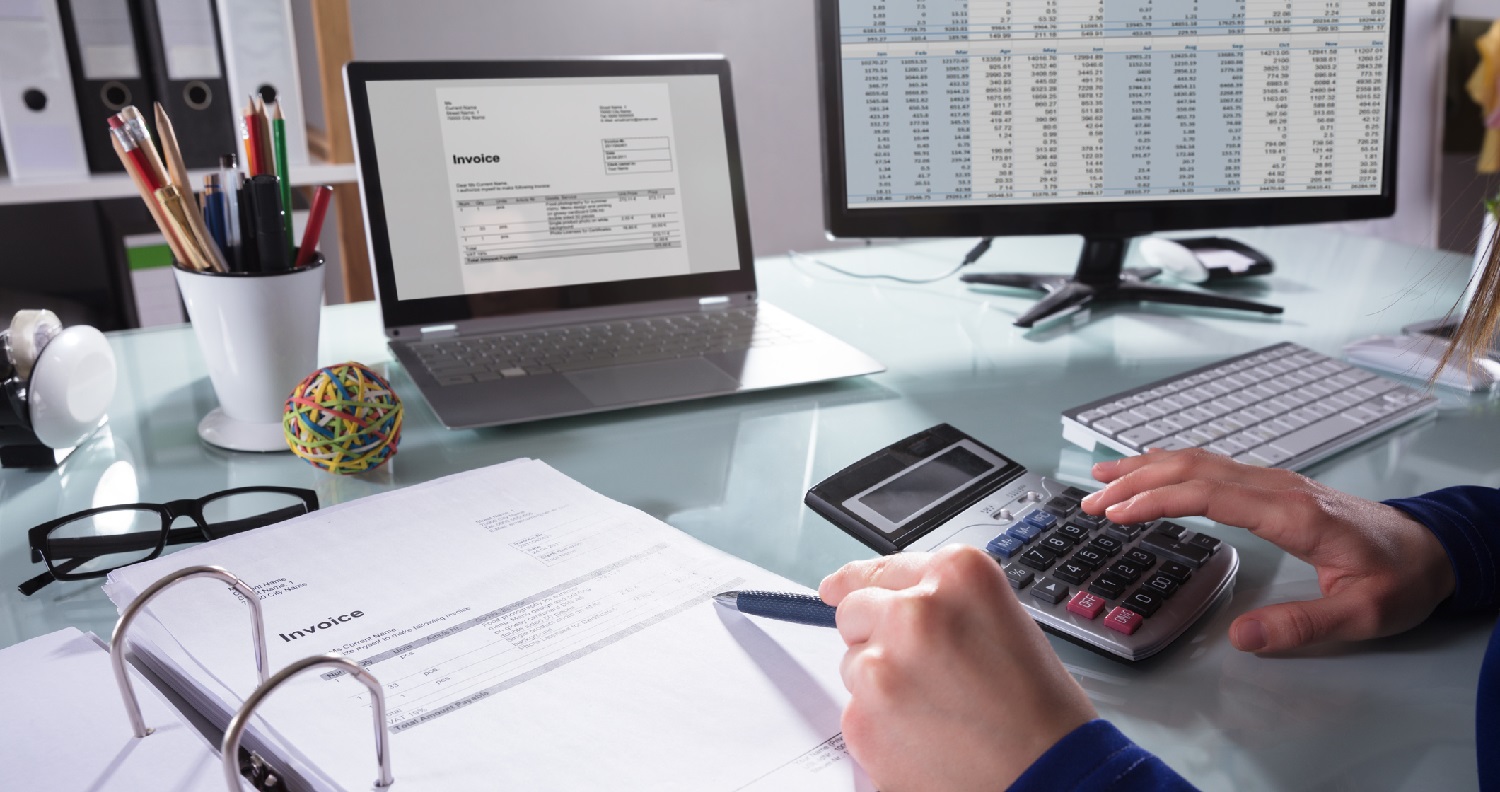R.Mohan
Earning profits is a key objective of every business enterprise and properly accounting for costs can alter profitability. And one key cost is that of inventory. In a continuous business environment, there is always a stock of inventory that remains on hand at the end of financial year, referred to as closing inventory. Proper accounting of inventory costs and fair valuation of closing inventory can play a major role in arriving at the correct profits for a given year.
In a study, the Committee of Sponsoring Organisations of the Treadway Commission (named after James C. Treadway, former Commissioner of the US Securities and Exchange Commission) found that misstated asset valuations accounted for nearly half the cases of fraudulent financial statements, and inventory overstatement made up the majority of such frauds. Fictitious inventory and phantom inventory are classic cases of such frauds.
Inventory costs
To understand inventory, it helps to know the life cycle of materials. They may be in the form of raw materials, consumables, packing materials, traded goods, work in progress (WIP) and finished goods (FG).In a manufacturing environment, the raw materials go through different stages of production before they are converted into finished goods. Raw materials are converted into WIP and ultimately into FG, with consumables and packing materials being absorbed while manufacturing. Traded goods are sold as is.
The conversion time is generally small. On the other hand, in a project management scenario wherein the finished product is a specifically designed product for a customer, the conversion might take a comparatively longer duration and might run over one financial year.
In both the situations, the conversion costs include labour costs, power costs, technical costs, and the cost of carrying these inventories for the entire conversion period. It is critical to establish such conversion costs and load them into the value of the closing inventory for a proper inventory valuation. It is equally critical to account these costs in the books of account so that the correct data is available for valuation.
Accounting for costs
Under the ‘purchase accounting’ method, inventory costs are accounted as purchase expenditures. The closing inventory is counted at the year end and a value is assigned to such inventory either under ‘First In First Out’ or ‘Weighted Average’ method. The value of closing inventory is reduced from the purchase expenditure to arrive at the actual cost of materials consumed during a financial year. This method could result in various discrepancies like errors in counting of stock and permitting pilferage of inventory.
On the other hand, the‘cost of sales accounting’ method follows accounting of inventories as an asset at the time of their purchase. As the inventories are issued for production, their cost is accounted as cost of materials consumed. When this method is adopted, it will help the enterprise to control the physical inventory as well as proper valuation of the consumption.
The above methods will help in accounting of inventory costs of only raw materials, consumables and packing materials. But in the case of WIP and FG, which remain unsold at the end of the financial year, their costs include material costs and conversion costs as well. These conversion costs are separately accounted as labour costs, power costs and so on. In order to nullify these costs, it becomes imperative to include these costs also as the cost of WIP and FG inventories.
Standards of valuation
Institute of Chartered Accountants of India (ICAI) publishes various accounting standards to provide guidance to stakeholders while preparing financial statements. One such accounting standard, AS2, is dealing with ‘Valuation of Inventories’. This standard provides guidance on how cost of purchase, cost of conversion and other costs should be considered while valuing inventories. It also prescribes which costs should be excluded from the valuation of inventories.
Let us take the example of an enterprise manufacturing high tech machinery on a project basis involving design, proof of concept, manufacture, testing, installation, and certification by a third-party agency. This project is carried out over 18 months, which means it spreads over more than one financial year. The costs involved are material costs, engineers’ salaries, and transportation. The spares which are used as raw materials are imported materials and high in cost. The enterprise has overdraft borrowings from a bank to pay the supplier who has to be paid upfront. The question before the enterprise is whether to add the interest cost to the value of the unsold WIP inventory at any given point of time.
AS2 prescribes that borrowing costs are usually not added to the valuation of inventories. This can be interpreted as an implicit permission to do the same under certain circumstances. However, when it comes to non-production overheads, the standard explicitly permits it to be added to the valuation of inventories. The standard also explicitly excludes selling and distribution costs from the valuation of inventories. Thus, there are implicit inclusions, explicit inclusions, and explicit exclusions as to the costs which can be added to the value of inventories. However, the Indian Accounting Standard (IND AS2) which is applicable to select companies, it explicitly excludes only selling costs.
In order to report a true and fair profit, it is essential for an enterprise to decide on its method of accounting for inventories and valuation of inventories. It is also important to disclose the selected method in the financial statements and follow it consistently over years.
Source File : https://bloncampus.thehindubusinessline.com/accountancy/why-you-should-care-about-inventory-accounting/article34771442.ece
